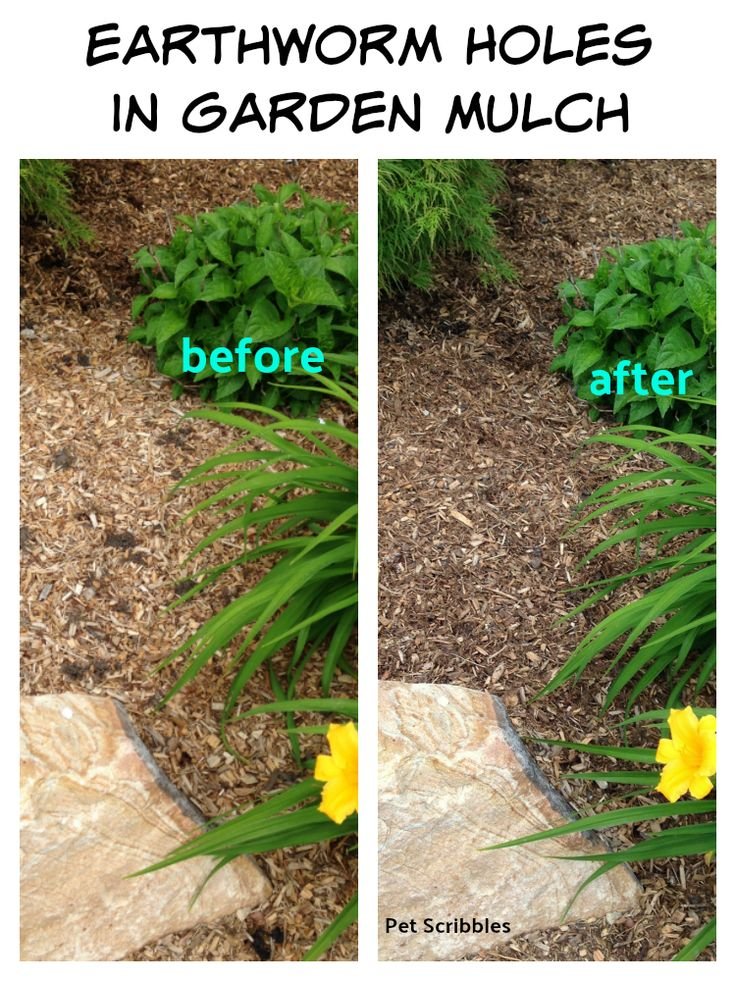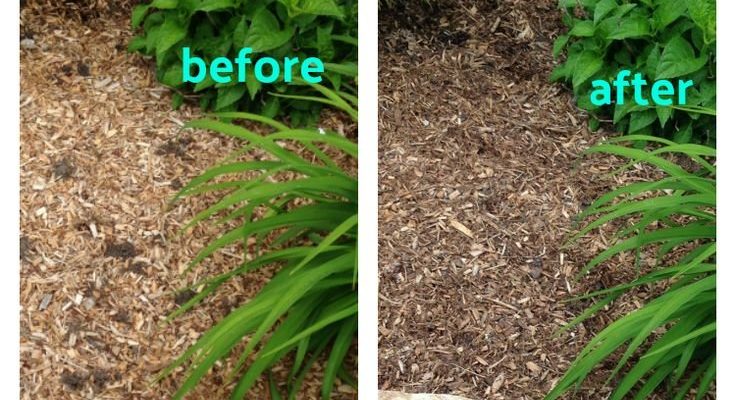
Using mulch and ground covers is like putting up a fence around your garden—not a physical one, but a layer of protection that makes it harder for unwanted guests to make themselves at home. Not only do these strategies help keep inchworms away, but they also provide benefits like moisture retention and soil temperature regulation. So, let’s dive into how you can make your garden a no-go zone for these little munchers.
What Are Inchworms and Why Are They a Problem?
Before we get into the protective measures, it helps to understand your enemy. Inchworms, which are actually the caterpillar stage of various moths, are infamous for their unique movement. They “inch” their way along by looping their bodies, which can be quite cute at first—but don’t let that fool you. They can be a serious threat to your plants, especially young ones.
These pests mainly feast on the leaves of trees and shrubs, which can lead to stunted growth and, in some cases, plant death. They seem to appear out of nowhere, quickly multiplying and causing havoc. You might be wondering, “How can I stop them before they wreak more havoc?” That’s where mulch and ground covers come into play.
How Mulch Helps Deter Inchworms
Mulch is more than just a pretty topping for your garden beds; it serves several vital roles. First, it creates a barrier that makes it harder for inchworms to reach your plants. Picture this: you’ve got a cozy blanket covering your garden soil, making it tougher for pests to crawl through and find their way to your delicate leaves.
Additionally, mulch helps retain moisture in the soil, keeping your plants healthy and strong. Healthy plants are often more resilient to pests. You might choose from different types of mulch, like wood chips, straw, or even shredded leaves. Each type has its advantages, so make sure to pick one that works for your garden’s needs.
Best Types of Mulch
When selecting mulch, think about what will suit your situation best. Here are some popular options:
- Wood Chips: Great for aesthetics and moisture retention.
- Straw: Lightweight and excellent for keeping weeds down.
- Shredded Leaves: Free and perfect for nutrient recycling.
Choosing the right mulch helps in making your garden less appealing not just to inchworms, but a variety of pests. Strong plants surrounded by effective mulch can withstand small infestations and bounce back quicker.
Ground Covers: A Natural Defense
Ground covers act like nature’s carpet, providing an extra layer of defense against inchworms and other pests. They smother weeds, preventing inchworms from finding cozy spots to lay their eggs. Imagine going to a party where the doors are locked; that’s what a good ground cover does for your garden by blocking access points.
These plants often have dense foliage, which can deter inchworms from even getting to your main plants. Some common ground covers include creeping thyme, clover, and various mosses. Besides pest control, they can also add beauty to your garden, making it more vibrant.
Choosing the Right Ground Cover
When picking ground covers, consider the following:
- Sunlight Needs: Make sure they match the light conditions of your garden.
- Soil Type: Different ground covers thrive in different soil types, so choose wisely.
- Maintenance Level: Some ground covers require more care than others; pick one that suits your lifestyle.
With the right ground cover in place, you’ll create a protective shield for your plants, giving them a fighting chance against inchworms and other unwanted pests.
Combining Mulch and Ground Covers for Maximum Protection
The magic really happens when you combine mulch and ground covers together. Think of it as a double-layered defense system. Ground covers can block inchworms from getting too close, while mulch further protects young plants and maintains soil health.
Start by planting ground covers around your primary plants. This sets up a protective boundary. Then, add a thick layer of mulch on top. Aim for about 2-4 inches of mulch, as this will effectively suppress weeds and foster a healthy habitat for beneficial creatures that prey on pests.
Maintaining Your Mulch and Ground Covers
Once you have your mulch and ground covers established, it’s crucial to maintain them.
– **Check Regularly:** Make it a habit to inspect your garden, looking for signs of inchworms or other pests.
– **Replenish Mulch:** Over time, mulch breaks down. Refill it as needed to keep up that protective barrier.
– **Manage Ground Covers:** Keep an eye on their growth so they don’t outcompete your main plants.
These maintenance measures will keep your garden thriving and inchworm-free.
Additional Tips for Inchworm Prevention
While mulch and ground covers work wonders, there are a few more strategies you can employ to further deter inchworms.
– **Introduce Beneficial Insects:** Ladybugs and lacewings are natural predators of inchworms. You might consider inviting them into your garden to help keep the population in check.
– **Use Natural Sprays:** Homemade remedies, such as a mixture of water and soap, can deter inchworms when sprayed directly on them. Just be careful not to harm beneficial insects.
– **Practice Good Garden Hygiene:** Clean up fallen leaves and debris, as they can harbor inchworms or their eggs. A tidy garden is a less appealing one for pests.
These steps can enhance the protective environment you’ve created with mulch and ground covers, making your garden a sanctuary for healthy plants and a nightmare for inchworms.
Final Thoughts
Using mulch and ground covers is a smart, eco-friendly approach to keeping inchworms away from your cherished plants. By understanding how these methods work together, you can create a thriving garden that not only looks good but is also less inviting to pests.
So, the next time you’re tending to your garden, remember that a little preparation goes a long way. With mulch acting as a protective blanket and ground covers providing an extra layer of defense, you’ll be well on your way to a vibrant, inchworm-free landscape. Happy gardening!

